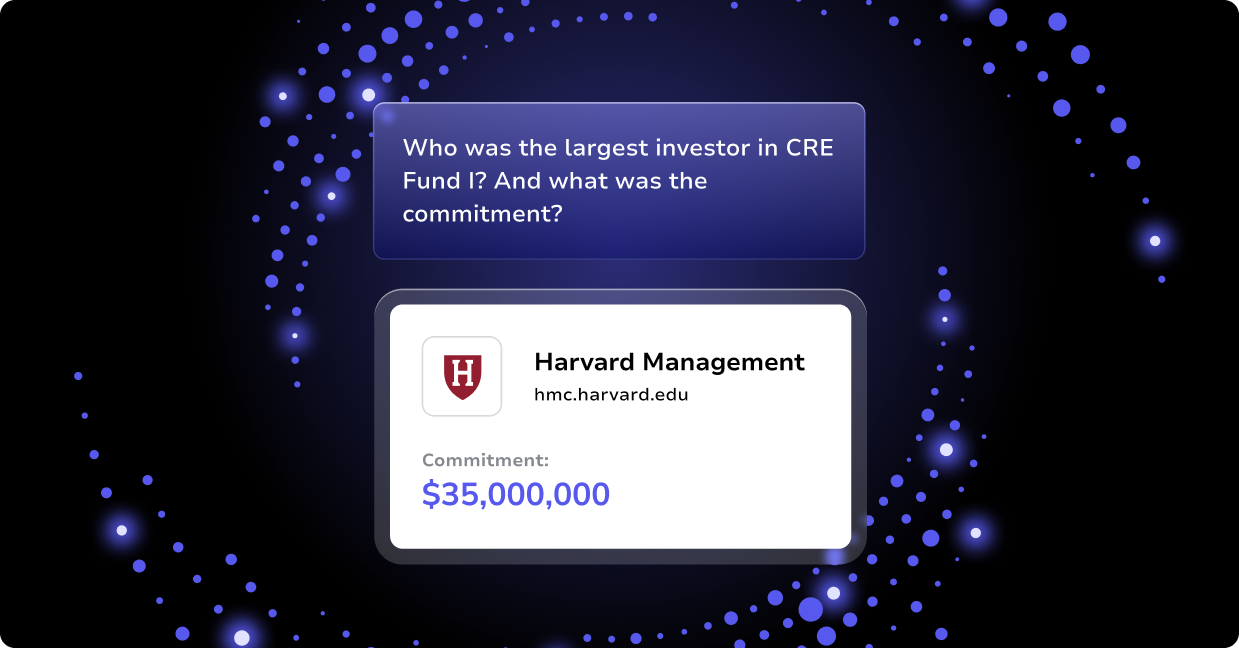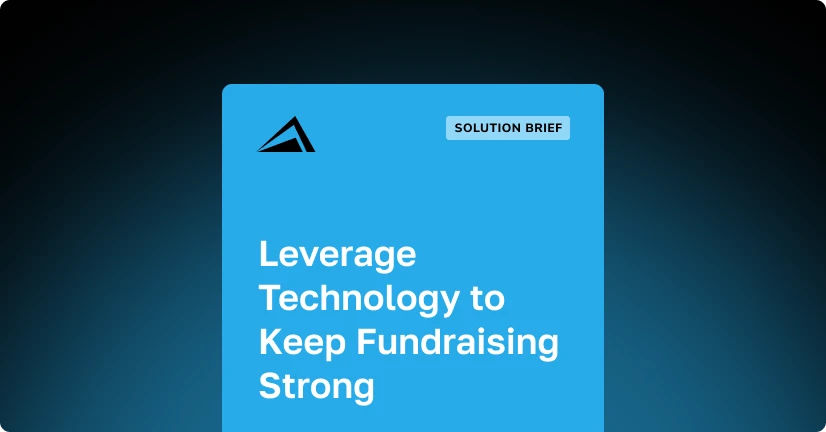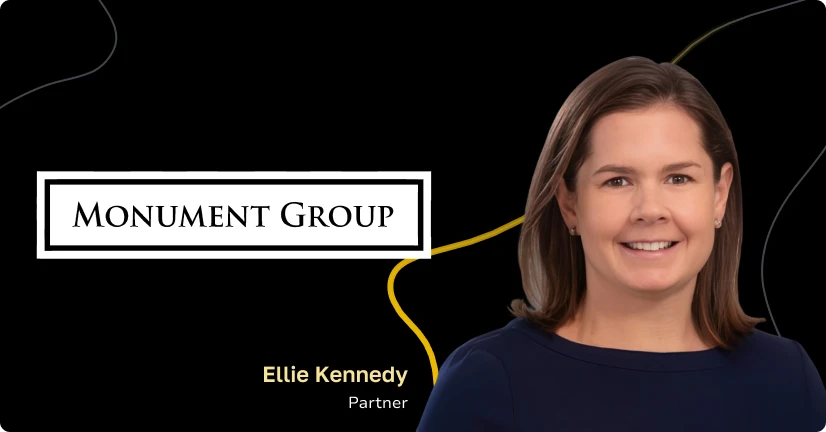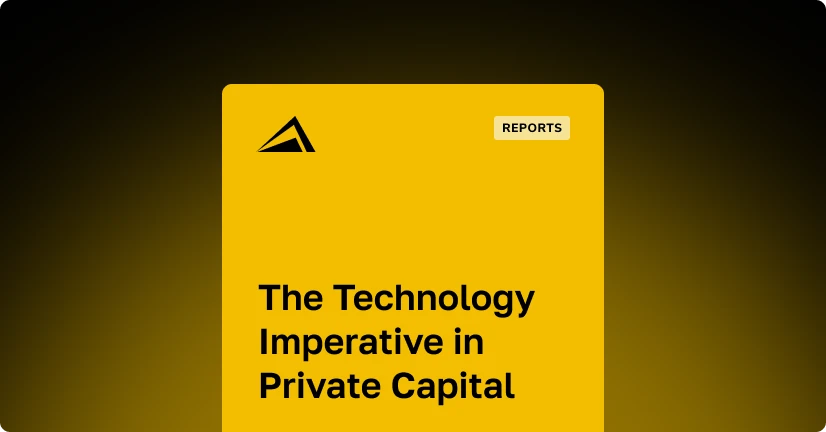
They say it’s not what you know, it’s who you know.
Anyone working in private equity investor relations can attest to this. Because most investment deals require a number of outside resources to close, having a trusted network of partners and experts easily accessible is vital to any firm’s success.
Unfortunately, many firms rely on traditional networking approaches to relationship management and building their roster of key players. That’s a mistake, and one that puts them at a competitive disadvantage.
Strategic Relationship Management
According to Forbes, many general partners (GPs) spend their time “mentally reviewing their contacts while scanning for ‘good fits,’ rather than approaching it in a systematic firm-wide fashion.” In order to compete in today’s marketplace, a strategic-yet-personalized approach to relationship management—especially with limited partners (LPs)—is essential.
For starters, personalization can differentiate your firm from competitors and help you stand out from the crowd. What’s more, adopting a more strategic approach to relationship management undoubtedly results in better, more meaningful relationships over time because your firm can offer specialized service to investors.
And these two factors can add up to more—and more profitable—deals. That’s especially true in alternative assets, private equity, and venture capital (VC).
Networking is such a crucial part of the business. Consequently, it’s critical for GPs and other team members in investor relations to adopt technologies and tools that make providing a high-touch engagement experience for investors as simple as calculating an interest rate.
How can your firm increase engagement simply and seamlessly? Read on to find out.
Effective Relationship Management: Traditional Networking Is No Longer Enough
It used to be that a few follow-up phone calls or a nice lunch or dinner out was enough to stay top of mind with investors. But these days, raising funds means being proactive and persistent in maintaining strategic relationships with LPs.
Because LPs now expect such a personalized approach, traditional networking methods are no longer sufficient. What’s more, clinging to those methods can make your firm appear “behind the times” or “out of touch.”
Personalization, on the other hand, demonstrates that your firm is committed to excellent relationship management and provides a higher level of service. To compete effectively, GPs need to understand that and have this critical capability buttoned up.
Today’s Tech Makes It Easy to Personalize
Here are two key ways you can use private equity solutions to improve relationship management:
1. Use secure interaction hubs.
Your team can take advantage of an engagement platform to manage the GP-LP relationship. You can post data and investment materials, share multimedia files like recorded fundraising webinars and video presentations, and even use the platform to capture investors’ digital signatures.
Best of all, you can manage your important documents–from draft to final—to ensure accuracy for investors, and to maintain compliance.
2. Provide high-touch investor experiences.
To manage investor demands, your team can adopt reporting and communication tools that enable you to easily track document history for better recordkeeping and compliance.
Centralized LP portals enable you to offer secure access to all of the necessary materials when putting together a deal. Even better? You demonstrate your ability to respond quickly and stay in front of potential investors every time they access the portal.
Ultimately, enhanced relationship management—and all the benefits that flow from stronger relationships—are within your reach. All you need to do is develop the appropriate processes and implement the right technology to support them.



